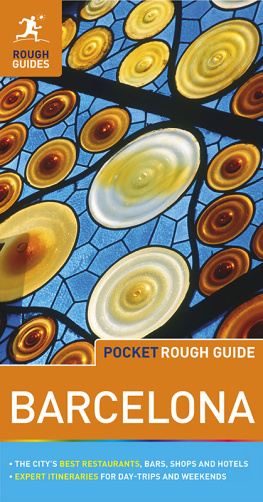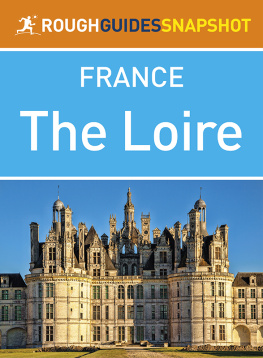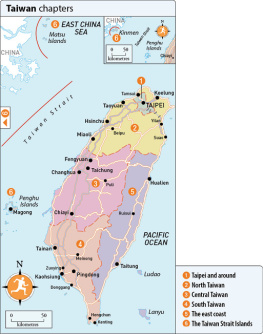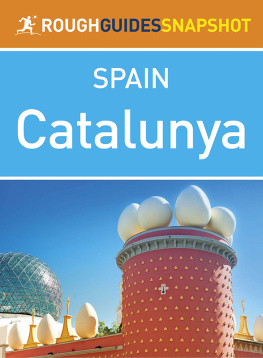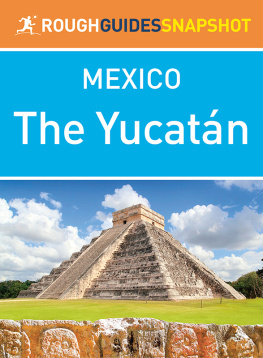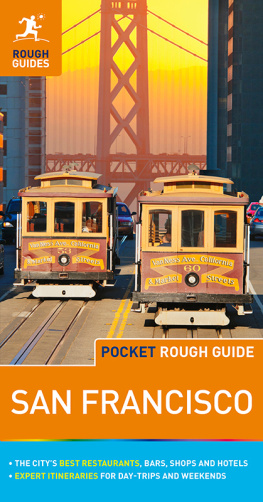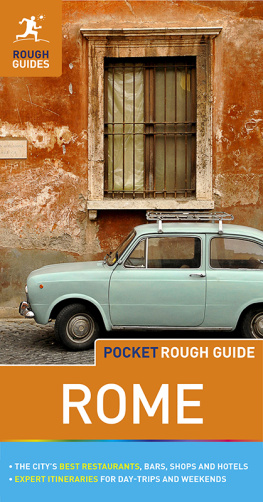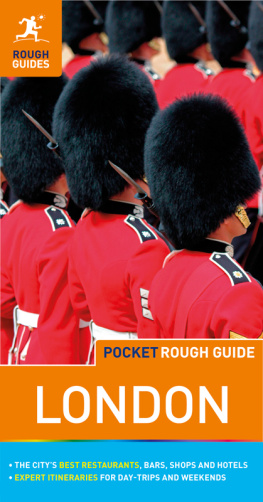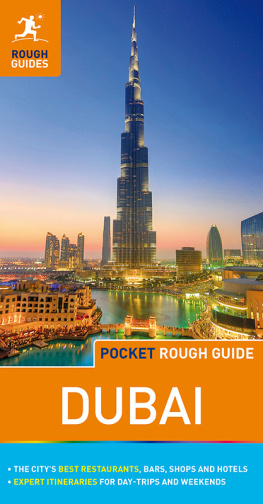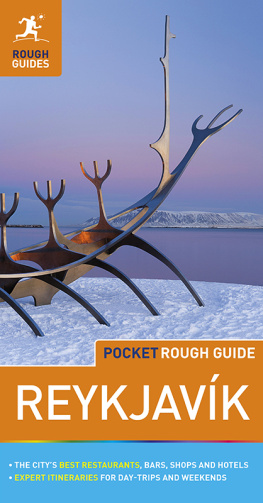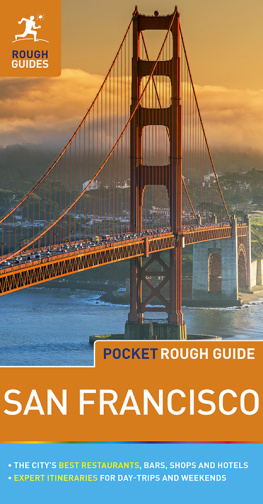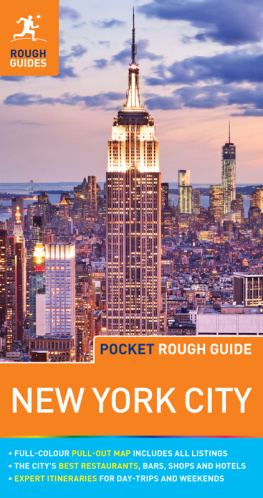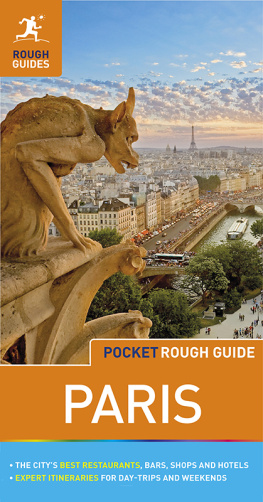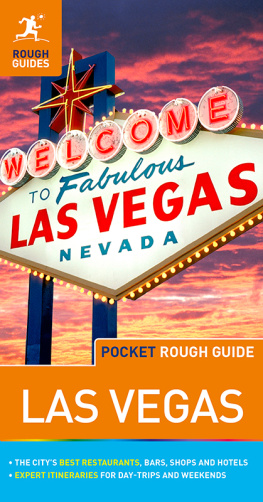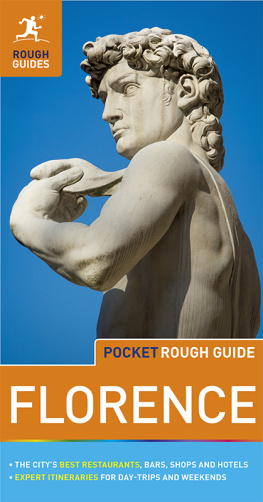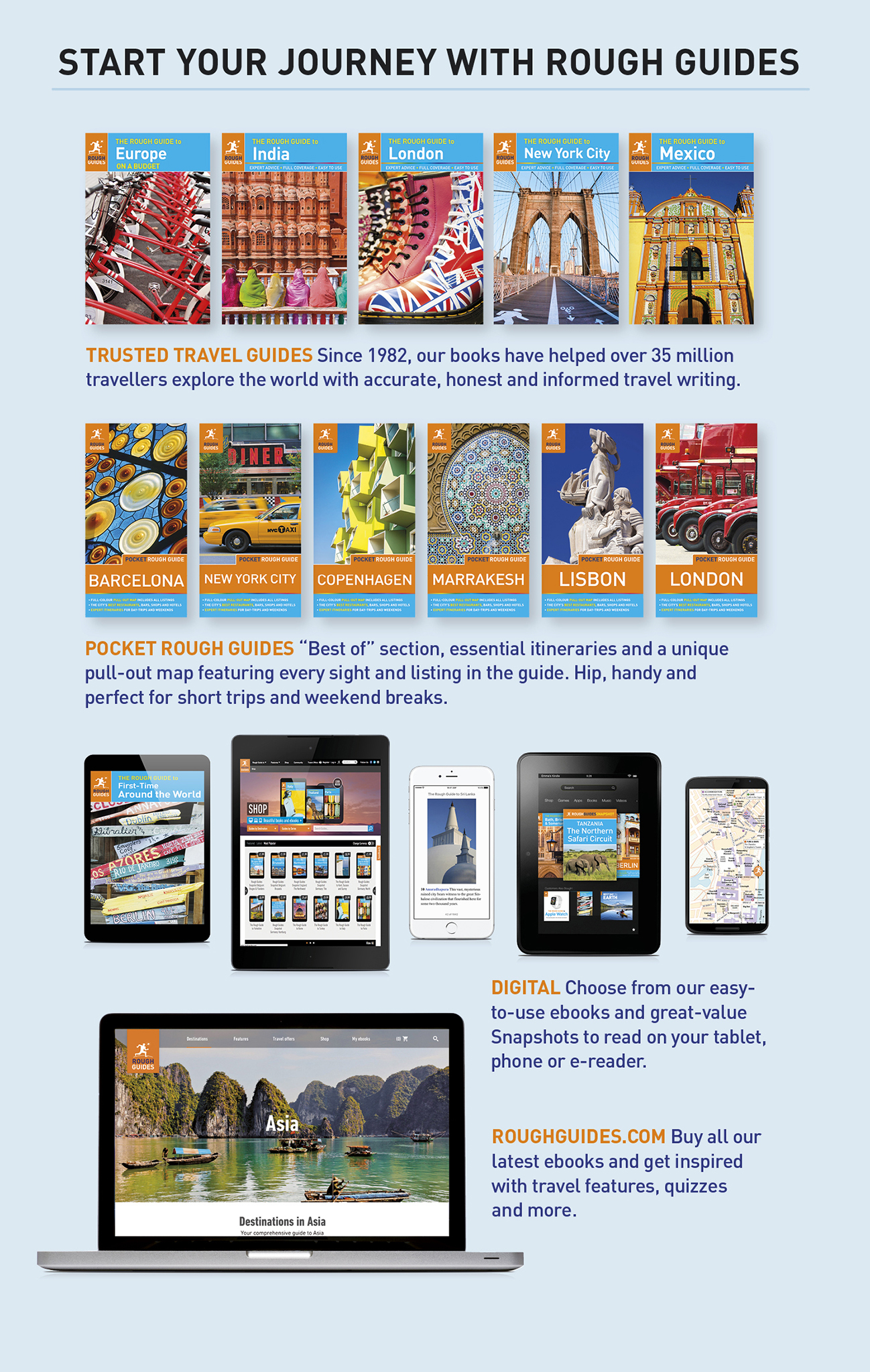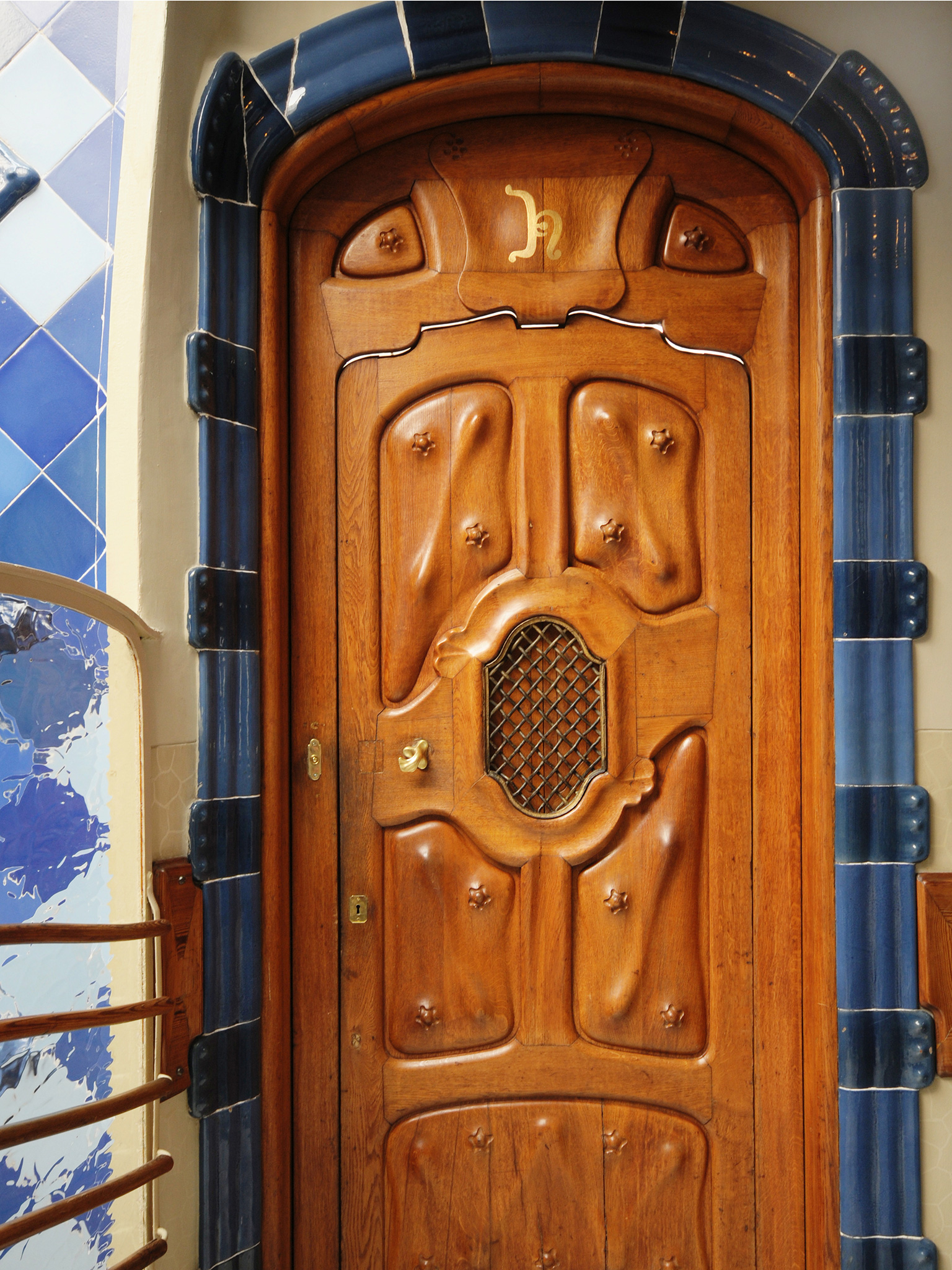Introduction to Barcelona
Its tempting to say that theres nowhere quite like Barcelona theres certainly no other city in Spain to touch it for sheer style, looks or energy. The glossy mags and travel press dwell enthusiastically on its outrageous architecture, designer shopping, cool bars and vibrant cultural scene, but Barcelona is more than just this years fad. Its a confident, progressive city, one that is tirelessly self-renewing while preserving all thats best about its past. As old neighbourhoods bloom, and landmark museums and sights are restored with panache, theres still an enduring embrace of the good things in life, from the daily market to the late-night caf.
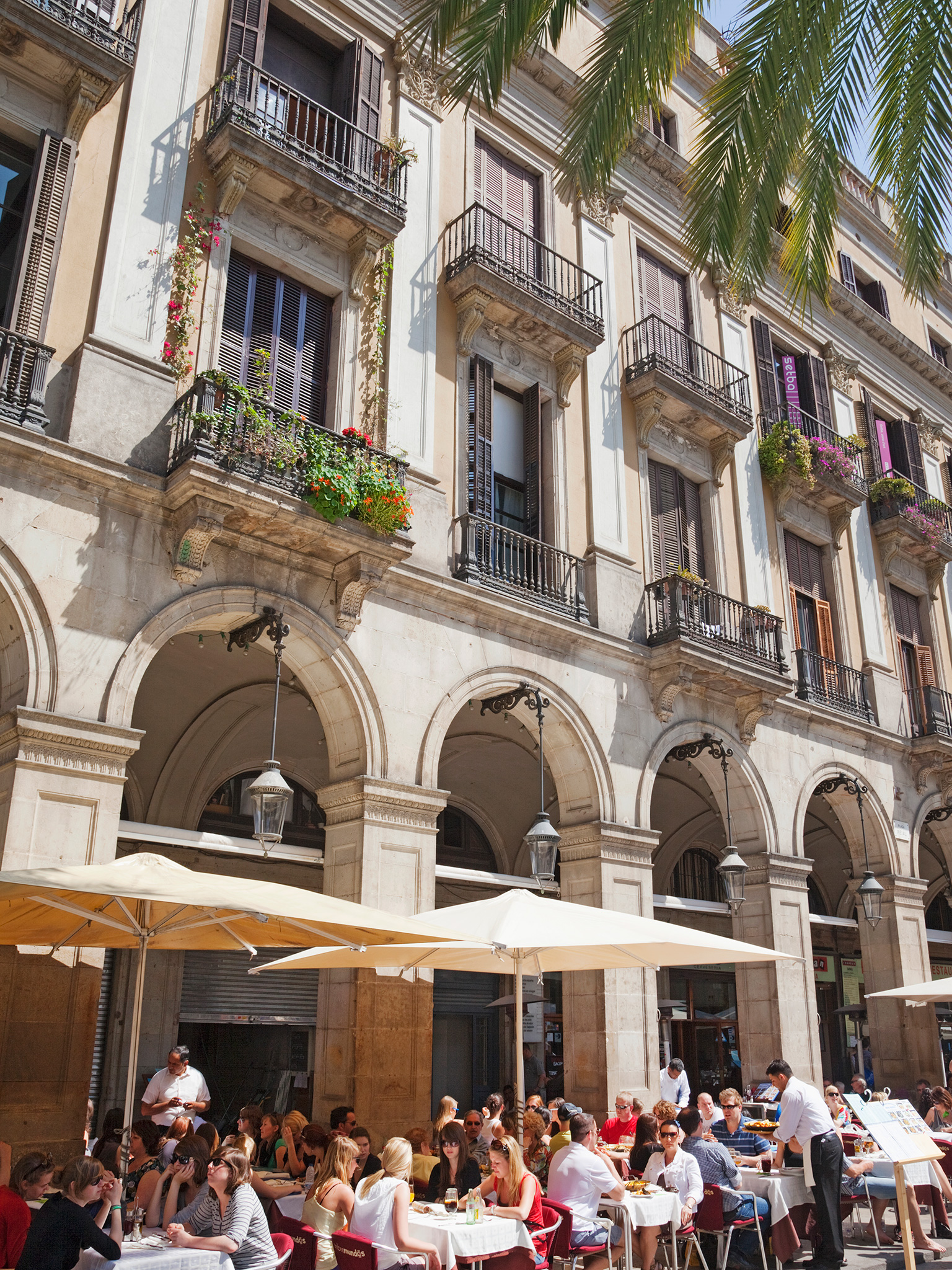
the Plaa Reial
The province of Catalunya (Catalonia in English), of which Barcelona is the capital, has a historical identity going back as far as the ninth century, and through the long period of domination by outside powers, as well as during the Franco dictatorship, it proved impossible to stifle the Catalan spirit. The city reflects this independence, being at the forefront of Spanish political activism, radical design and architecture, and commercial dynamism.
This is seen most perfectly in the glorious modernista (Art Nouveau) buildings that stud the citys streets and avenues. Antoni Gaud is the most famous of those who have left their mark on Barcelona in this way: his Sagrada Famlia church is rightly revered, but just as fascinating are the (literally) fantastic houses, public buildings and parks that he and his contemporaries designed.
The city also boasts an extensive medieval Old Town full of pivotal buildings from an earlier age of expansion and a stupendous artistic legacy, from national (ie, Catalan) collections of Romanesque, Gothic and contemporary art to major galleries containing the lifes work of the Catalan artists Joan Mir and Antoni Tpies (not to mention a celebrated showcase of the work of Pablo Picasso).
Barcelona is equally proud of its cutting-edge restaurants featuring some of the best chefs in Europe its late-night bars, even its football team, the mercurial, incomparable FC Barcelona. Add a spruced-up waterfront, five kilometres of resort-standard sandy beach, and Olympic-rated sports and leisure facilities, and you have a city that entertains and cossets locals and visitors alike.
Despite its size, Spains second city is a surprisingly easy place to find your way around. In effect, its a series of self-contained neighbourhoods stretching out from the harbour, flanked by parks, hills and woodland. Much of what there is to see in the centre Gothic cathedral, Picasso museum, markets, Gaud buildings and art galleries can be reached on foot, while a fast, cheap, integrated public transport system takes you directly to the peripheral attractions and suburbs. Meanwhile, bike tours, sightseeing buses and cruise boats all offer a different way of seeing the city.
True, for all its go-ahead feel, Barcelona has its problems, not least a petty crime rate that occasionally makes the international news. But theres no need to be unduly paranoid, and it would be a shame to stick solely to the main tourist sights as youll miss out on so much. Tapas bars hidden down decrepit alleys, designer boutiques in gentrified Old Town quarters, street opera singers belting out an aria, bargain lunches in workers taverns, neighbourhood funicular rides, unmarked gourmet restaurants, craft workshops, restored medieval palaces and specialist galleries all exemplify Barcelona just as much as the Ramblas or Gauds Sagrada Famlia.

Mercat de Sant Antoni
Best places for a Barcelona picnic
Parc de la Ciutadella is the city centres favourite green space, while the gardens of Montjuc offer some fantastic views. Any time the sun shines, the beach between Barceloneta and Port Olmpic makes for a great alfresco lunch, though for a real in-the-know experience stock up at the market and head for the Collserola hills.
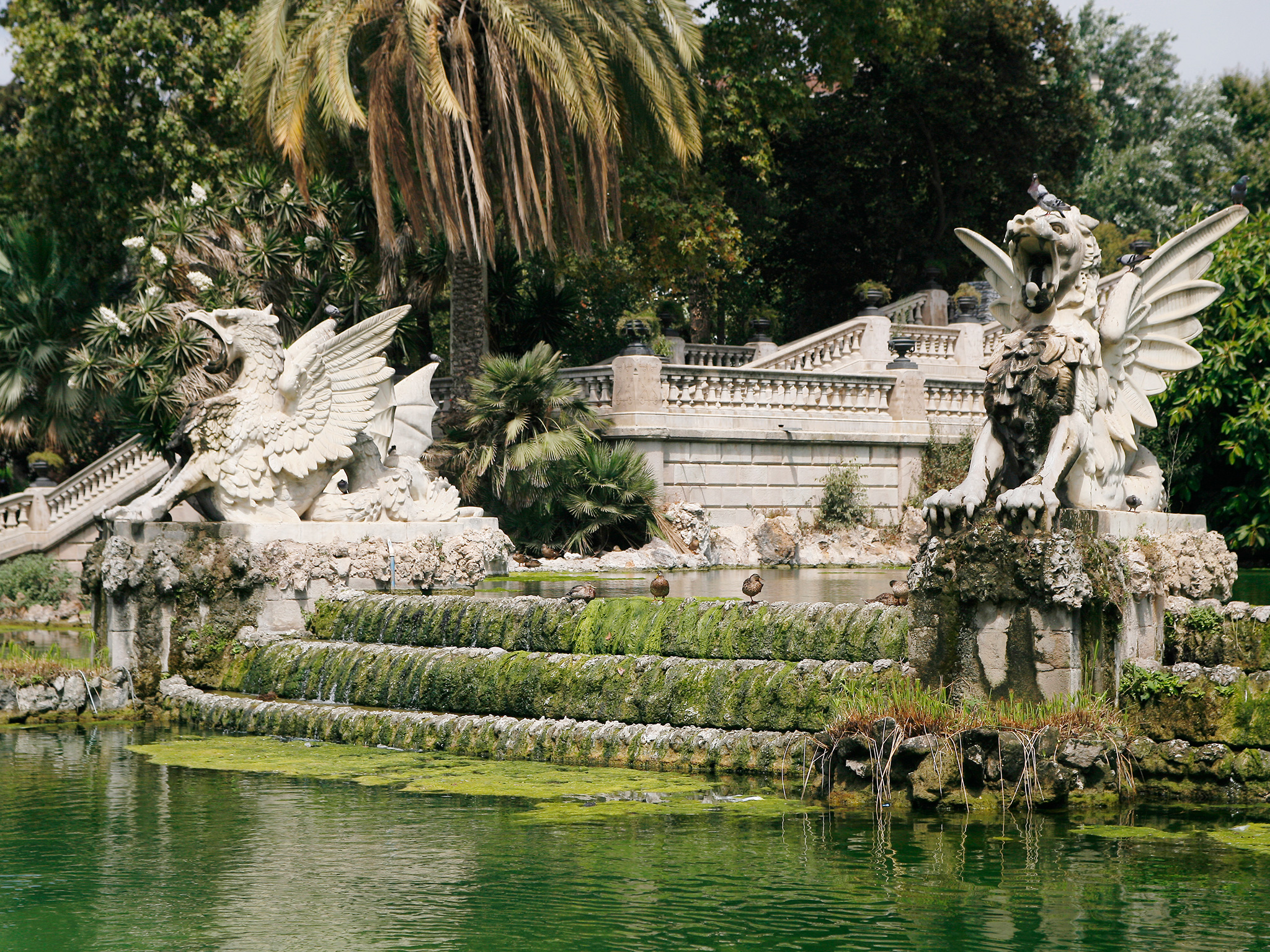
Parc de la Ciutadella
When to visit
Barcelona is an established city-break destination with a year-round tourist, business and convention trade. Different seasons have different attractions, from spring dance festivals to Christmas markets, but theres always something going on. As far as the weather is concerned, the best times to go are spring and autumn, when the temperatures are comfortably warm and walking the streets isnt a chore. In summer, the city can be very hot and humid while August sees many shops, bars and restaurants close as the locals head out of the city in droves. Its worth considering a winter break, as long as you dont mind the prospect of occasional rain. Its generally still warm enough to sit out at a caf, for example, even in December or January.

